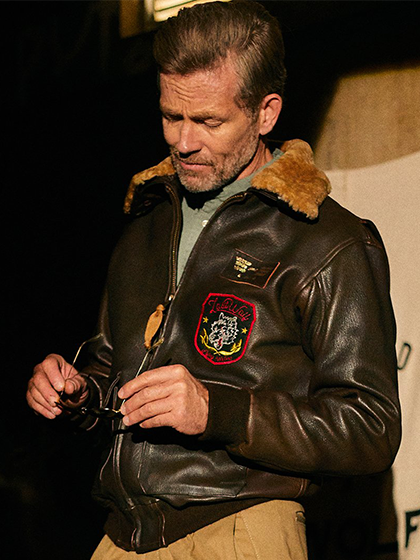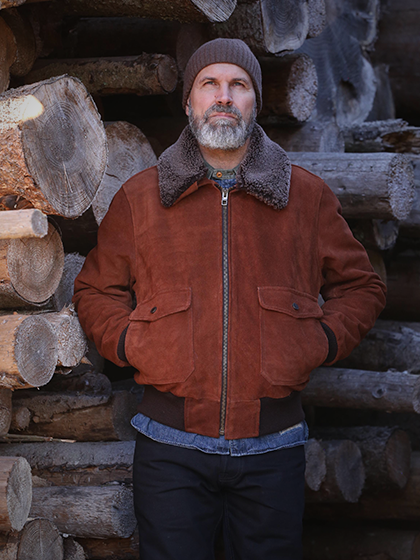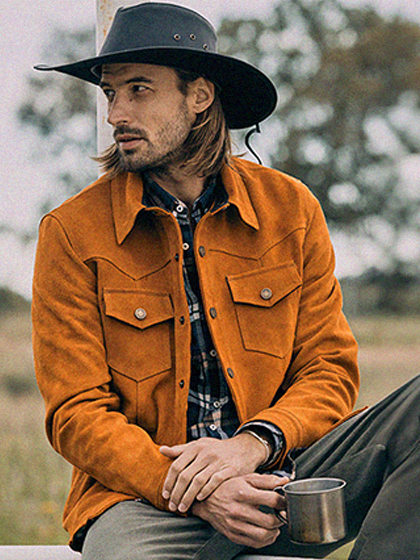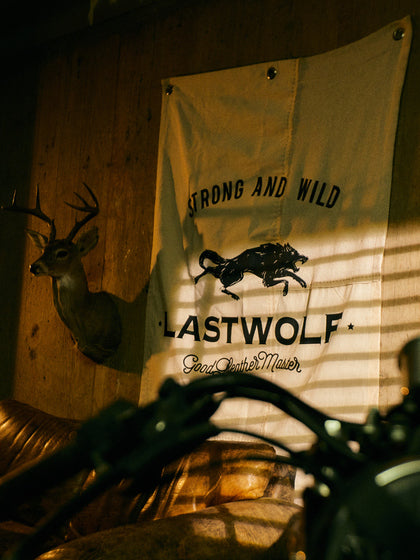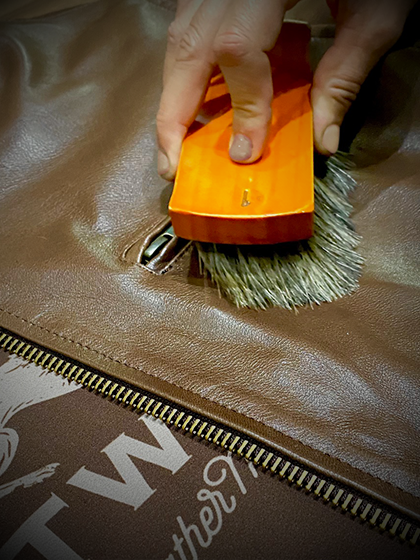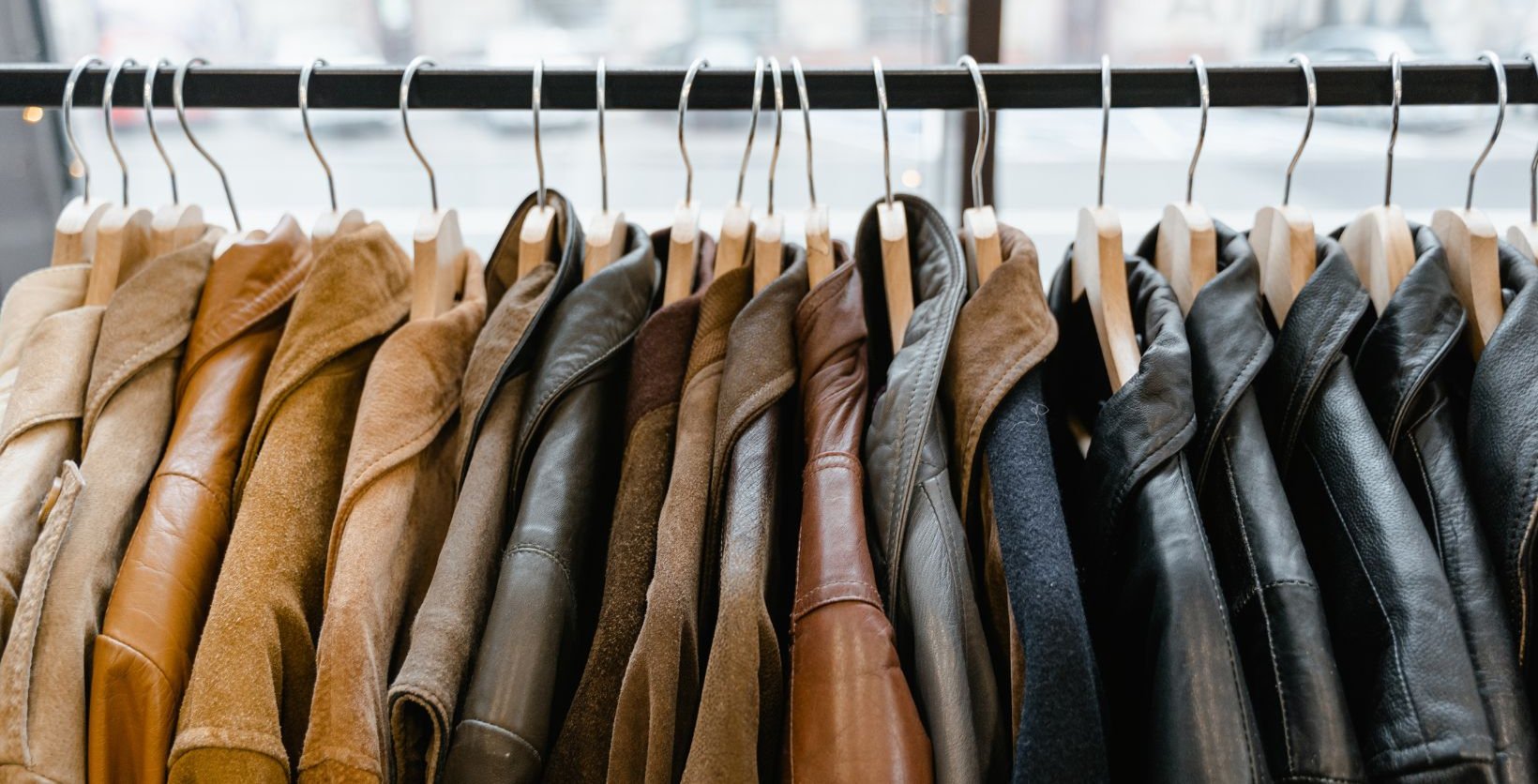Throughout the history of punk and rock, leather jackets have become more than just a fashion statement; they represent defiance, rebellion, and a rejection of societal norms. Bands and fans alike adopted leather jackets as part of their identity, channeling an anti-authoritarian attitude through this iconic piece of clothing.
The Symbolic Meaning Behind Leather Jackets in Punk and Rock
In both punk and rock, leather jackets symbolize toughness and resistance to mainstream culture. Their anti-establishment aesthetic perfectly aligns with the rebellious ethos of these music genres, creating a visual uniform for those who seek to challenge societal norms and embrace their individuality.
- Why did punks wear leather jackets?
Punks wore leather jackets as a symbol of defiance against the establishment. The anti-establishment message was central in the punk movement, and leather jackets became an essential part of that visual language. The durability and rugged look of the jackets complemented the power and style and the aggressive, no-nonsense attitude that punk culture embodied.
- Why do rockstars wear leather jackets?
Rockstars wear leather jackets for their connection to a symbol of rebellion and style. The jacket represents a symbol of rebellion and independence, which resonates with rock music’s ethos of non-conformity and individualism. Additionally, leather jackets exude a sense of power and style that enhances a rockstar's presence on stage.
- What does a leather jacket symbolize in the world of rock and punk?
In rock and punk, a leather jacket symbolizes defiance, toughness, and an embrace of counterculture. It’s not just about fashion; it’s about projecting a rebellious style that refuses to conform to societal norms. The jacket is a statement piece that tells the world you’re unafraid to stand out.
- What are punk rock jackets called?
Punk rock jackets are often referred to as battle jackets or simply leather jackets. They are frequently customized with DIY elements like patches, spikes, and graffiti, reflecting the wearer’s individuality and commitment to the DIY fashion ethos that is central to punk culture.
